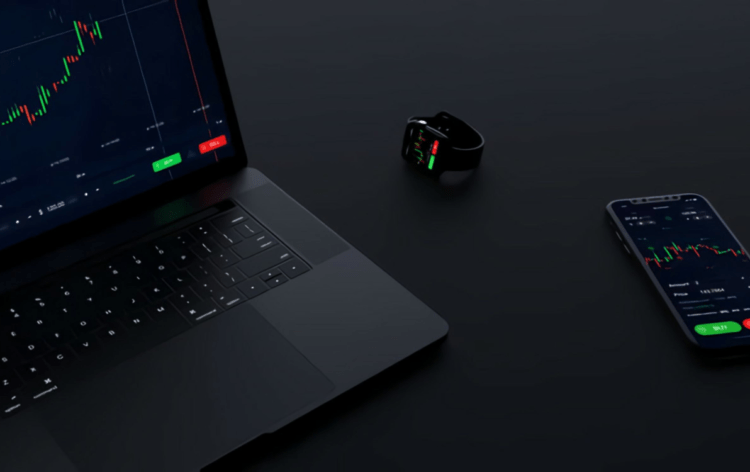From Gold to Palladium: Unraveling the Significance and Trade Secrets of Expensive Commodities

In the vast arena of global trade, certain commodities reign supreme in terms of their exorbitant value and profound impact on economies worldwide. These exceptional entities command immense attention and financial resources, capturing the imagination of traders and investors alike. From precious metals and energy resources to agricultural products and rare gemstones, the world of expensive commodities offers a captivating glimpse into the intricate dynamics of supply, demand, and market forces. This article delves into the realm of these high-value trade goods, shedding light on their significance, the factors that contribute to their staggering prices, and the far-reaching implications they hold for global commerce.
Top Expensive Commodities
Gold
Gold holds a prominent position as one of the most expensive commodities to trade due to its intrinsic value, historical significance, and various desirable properties. Its scarcity and limited supply contribute to its high price, as gold mining and extraction processes are time-consuming and resource-intensive.
Gold’s long-standing role as a store of value and hedge against inflation has attracted investors seeking a safe haven during uncertain economic times. Its durability, divisibility, and worldwide recognition as a form of currency also contribute to its popularity. Moreover, gold’s demand extends beyond investment purposes; it is widely used in jewelry, electronics, and dentistry. The liquidity of gold markets, along with its global acceptance, facilitates ease of trading and enhances its appeal among traders looking for a reliable and tangible asset with potential for long-term value preservation.
Crude oil
Crude oil is a highly demanded commodity to trade due to its crucial role as the primary source of energy for various industries and transportation sectors worldwide. Its indispensability in powering economies and fueling growth makes it a sought-after resource. Crude oil is used to produce gasoline, diesel, jet fuel, and other petroleum products that drive vehicles, aircraft, and ships. Additionally, it serves as a key feedstock for the petrochemical industry, enabling the production of plastics, fertilizers, and numerous other products.
The global demand for energy, particularly in rapidly developing countries, continues to drive the need for crude oil. Despite its relatively high cost, the economic significance of crude oil and its derivatives propels trading activities. Supply disruptions, geopolitical tensions, and OPEC production decisions further impact crude oil prices, adding to its allure for traders who seek opportunities for profit in a volatile market. The interconnectedness of crude oil with numerous sectors of the global economy ensures its enduring demand and ongoing significance in international trade.
Diamonds
Diamonds are expensive on the commodity market primarily due to their rarity, perceived value, and cultural significance. The geological formation process of diamonds takes millions of years, resulting in a limited supply. Additionally, diamond mining operations require substantial investment and often face environmental and logistical challenges, further impacting their scarcity.
Diamonds are also highly sought after for their aesthetic appeal and symbolic representation of wealth, luxury, and love. Their use in jewelry and engagement rings enhances their desirability and drives demand. Furthermore, the diamond industry has implemented marketing strategies to cultivate the perception of diamonds as valuable and desirable assets, contributing to their high prices.
In terms of trading profitability, the diamond market can be lucrative but also carries risks. Factors such as the quality of the diamond, rarity of specific characteristics (e.g., color, clarity), and market demand influence pricing and potential profit margins. However, diamond prices can be subject to fluctuations, and liquidity in the diamond market may be limited compared to other commodities. Successful diamond trading requires expertise, access to reliable market channels, and a comprehensive understanding of industry trends and dynamics.
Palladium
Palladium is both expensive and frequently traded among commodity traders due to its unique properties and diverse industrial applications. As a precious metal, palladium shares similarities with gold and silver in terms of rarity and value. However, what sets palladium apart is its crucial role in catalytic converters used in automobile exhaust systems to reduce emissions. The stringent environmental regulations worldwide have led to increased demand for palladium, particularly as automotive industries transition to cleaner technologies.
The limited global supply of palladium, coupled with growing demand, has contributed to its high price. Palladium mining and extraction are concentrated in a few countries, further enhancing its scarcity. The metal’s usage in other industrial sectors such as electronics, dentistry, and chemical applications further bolsters its market demand.
Palladium’s frequent trading is driven by its potential for profitability due to price volatility and market dynamics. Traders leverage its price fluctuations, supply-demand imbalances, and global economic factors to capitalize on trading opportunities. The ability to profit from short-term price movements, combined with its industrial importance, makes palladium an attractive commodity for traders seeking diversification and potential returns in the commodities market.


























Comments (0 comment(s))